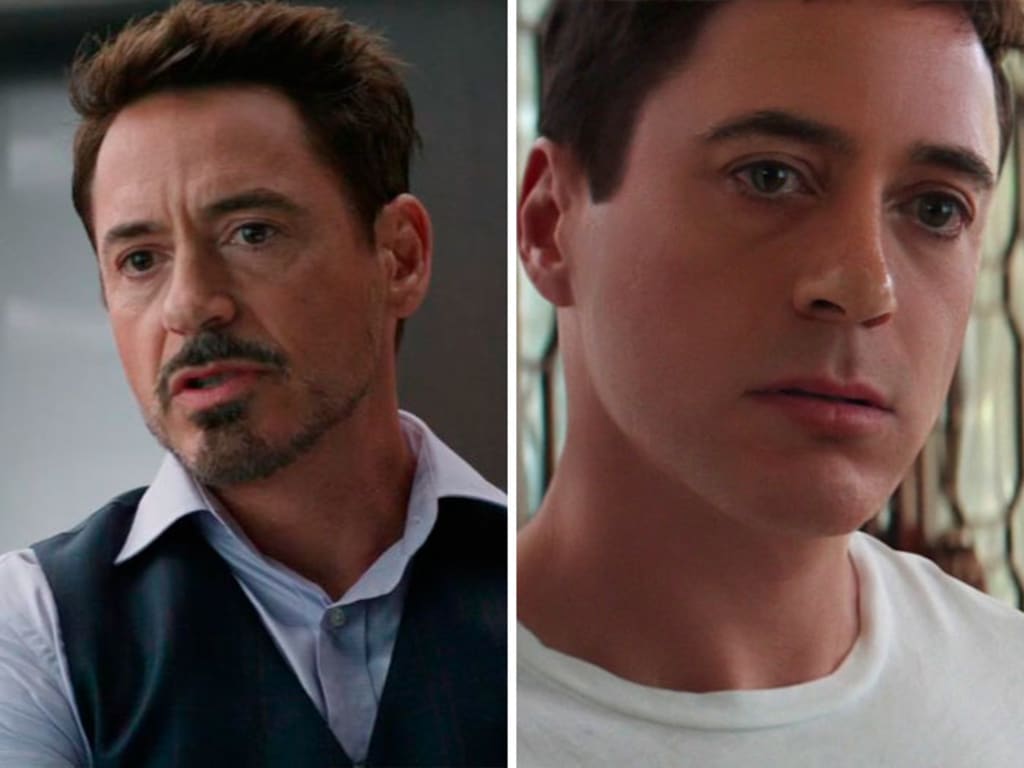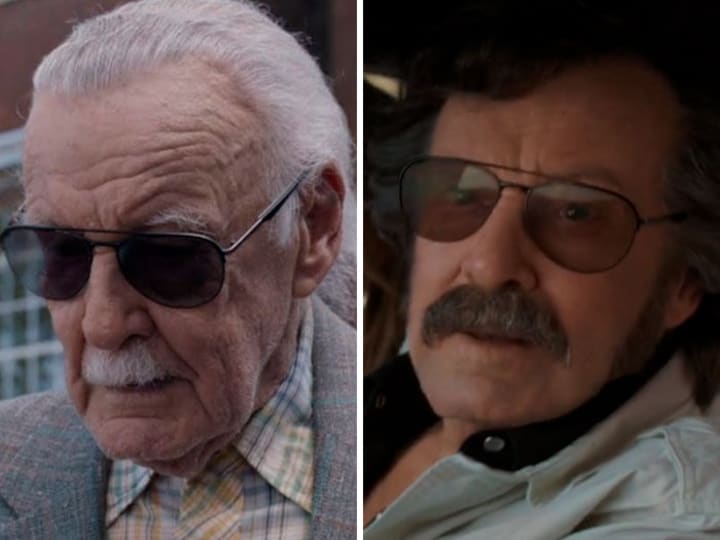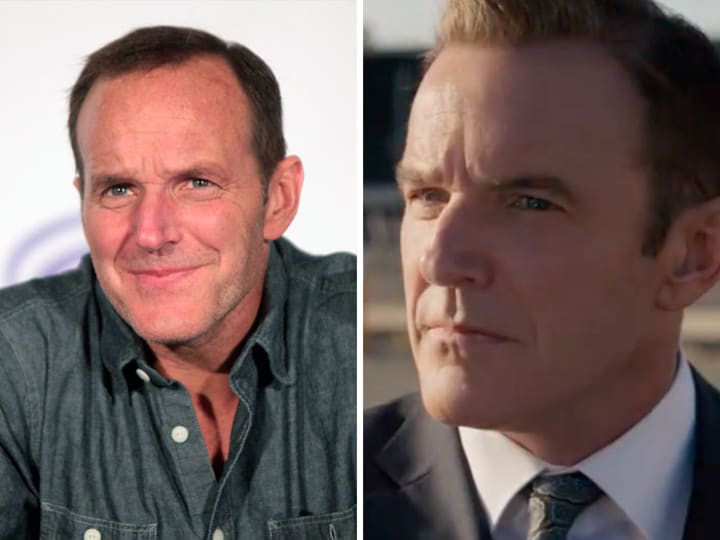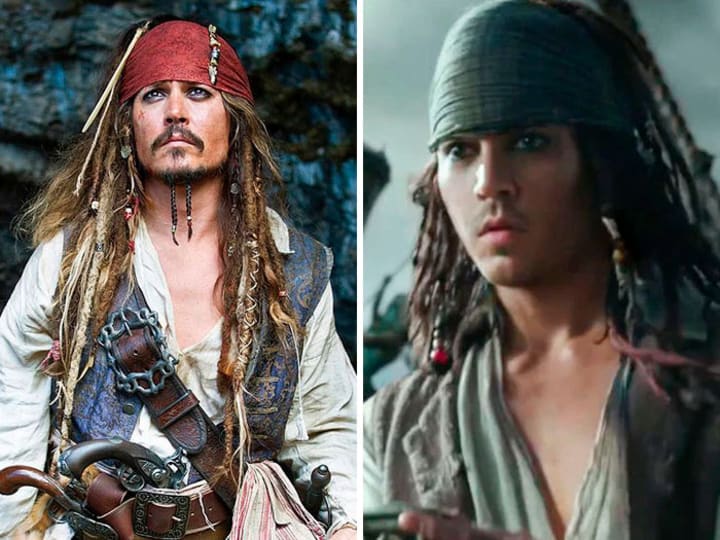
#1 Samuel L. Jackson In 'Captain Marvel' (2019)

“Like any of the first forays into new effects, these effects by today’s standards seem a bit outdated,” a lead compositor at London-based visual effects house Framestore Owen Braekke-Carroll told Backstage. “But for the time, they were at the top of their game, and also paved the way for the method and ideas we use regularly today. Seeing them on the screen like that—I immediately thought that if this was possible, it would be used widely to let the filmmakers add or extend the story beyond the time audiences were used to.”
#2 Stan Lee In 'Avengers: Endgame' (2019)

#3 Clark Gregg In 'Captain Marvel' (2019)

#4 Will Smith In 'Gemini Man' (2019)

#5 Dwayne Johnson In 'Central Intelligence' (2016)

#6 Robert Downey Jr. In 'Captain America: Civil War' (2016)

Robert Downey Jr., who plays Tony Stark, is de-aged in a digital recreation of a pivotal moment from the character's youth.
#7 Johnny Depp In 'Pirates Of The Caribbean: Dead Men Tell No Tales' (2015)

Another body double was used as a reference point for the "Gilbert Grape" era image of Johnny Depp as a young Jack Sparrow, but the performance is all Depp.
What is De-Aged Technology?
In film and television, de-aging is a visual effects technique used to make an actor look younger, especially for flashback scenes. This is often accomplished via digitally editing the image or using computer-generated imagery (CGI) overlays or touch-ups. Some movies will even create de-aged digital actors from scratch or with a mixture of stand-ins and CGI.
In some cases, a young version of a character is not played by the original actor but by a virtual actor, even though the actor being represented is usually still alive. This is usually accomplished with some combination of CGI, a body double, and a voice double or archival audio. Examples of actors who were replaced by virtual actors to portray their younger selves include:
Digital de-aging
the act of making an actor look decades younger (or sometimes older) on screen by digitally smoothing out wrinkles and tightening jaw lines--is all the rage right now in the world of CGI. Why hope that a young, untested actor can be convincing as a lookalike Samuel L. Jackson when we have the real thing right here? Imagine photoshopping a picture for a magazine, but now do that over and over for every scene of a movie. It's not a complicated process, and the technology hasn't advanced drastically dating back to the first instance in 2006, but the VFX artists have matured to the point that filmmakers can go entire movies with a de-aged actor rather than just a few scenes. Here are just a few actors who have gone under the digital knife.
Every single one of us, including the richest and the most famous Hollywood celebrities, is powerless in the face of time. However, in the era of exponential technological growth, movies and TV shows are able to slightly tame it.
De-aging is a visual effects technique performed using digital editing and CGI, that allows professionals to make actors and actresses look years or even decades younger. The first movie to ever use this technique was 2006's X-Men: The Last Stand, rewinding the clock for Patrick Stewart and Ian McKellen. Since then, many others have employed de-aging techniques in their own creations.
Until the technology was sufficiently developed, all the best actor transformations were created by makeup artists. The art of makeup is one of the first technologies that allowed for changing the age of an actor.
The fact that movies were previously shot on grainy film also helped hide tricks used with makeup. Because the resolution of old film movies is much lower, the viewer could not see the fine details on an actor’s face.
However, with modern digital and high-resolution movie production, makeup is no longer an option. Viewers want to see a genuine picture without compromising quality. That’s where de-aging technology enters the fore.
In short, de-aging is a 3D effect technology used to make an actor look younger. To do so, post-production studios typically edit a digital image or apply computer-generated imagery (CGI) overlays or touch-ups to the necessary scenes.






Comments
There are no comments for this story
Be the first to respond and start the conversation.